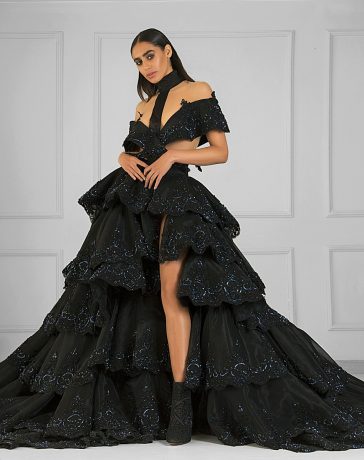Did you know that there is a special piece of clothing that college and university graduates are expected to wear at commencement? Known as academic regalia, it dates back to medieval times. So what is academic regalia? It is a one-piece open-front garment lined in the official color of the college or university that confers the degree. Read on to find out more about academic regalia and its history.
Academic regalia dates back to medieval times.
The ceremonial dress worn by degree candidates, known as academic regalia, dates back to the Middle Ages. This ceremonial dress served both a practical and decorative purpose, as it kept scholars warm in cold buildings. It was also the symbol of authority in medieval times and later became standardized nationwide. Today, most colleges and universities follow the same standard for their regalia.
Students wore the first collegiate academic regalia in the 12th and 13th centuries. These students often wore the clothes of priests or monks. Because the medieval cathedrals were very cold, they could not wear thicker fabrics. Therefore, they wore long robes to stay warm in unheated buildings. The modern black gown and hood have a long history, going back to the Middle Ages.

It is a one-piece open-fronted garment.
In the United States, academic regalia dates back to colonial colleges. It has evolved from the more formal academic dress of Europe. While many institutions follow the Intercollegiate Code, there are still differences in academic dress among different schools. The typical American academic dress is closed at the front with a cap and hood. The garment also may include scarves or cords, depending on the school.
The history of academic regalia in the United States dates back to the Colonial Colleges period. European practices heavily influenced this practice, and students of most colonial colleges wore a “college habit” most of the time. However, there are still some schools that continue to require undergraduates to wear a gown to class. Until the American Civil War, academic regalia was generally reserved for ceremonial events and representing an institution. In the early 20th century, this custom was rarely practiced, and there are still some schools and institutions where academic regalia is still worn.
It is lined with the official color of the college or university conferring the degree.
The academic hood is the most distinguishing feature of academic dress. It varies in length from bachelor’s to doctoral degrees. Most are lined in the official color of the college or university conferring the degree. The hood is lined with silk and has broad panels that emphasize the degree’s official color. Hoods for doctors are usually black with a wide velvet panel representing the different fields of study.
Historically, academic regalia has been used by colleges and universities to award degrees. The earliest universities were staffed by medieval townsmen who wore long, flowing robes in different colors and materials, depending on rank and wealth. The gowns were governed by royal decrees, which eventually led to the evolution of distinct gowns for different professions, guilds, and trades. Today, academic regalia remains a tradition in academia.

It is worn at commencement.
The ceremonial regalia for graduating students called the cap and gown differs depending on the degree awarded and level of scholarship. A bachelor’s gown is more modest and simple, while the master’s gown is more elaborate, with a hood and three stripes down the arms. On the other hand, the doctoral robe is much more lavish and is typically made of velvet. The hood also comes with a tassel. Students must wear a cap and gown at commencement to signify their new status. In many cases, academic regalia is a requirement for graduation, so make sure you have a spare pair.



































